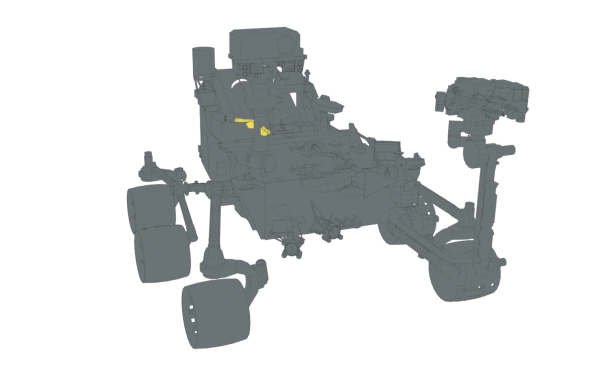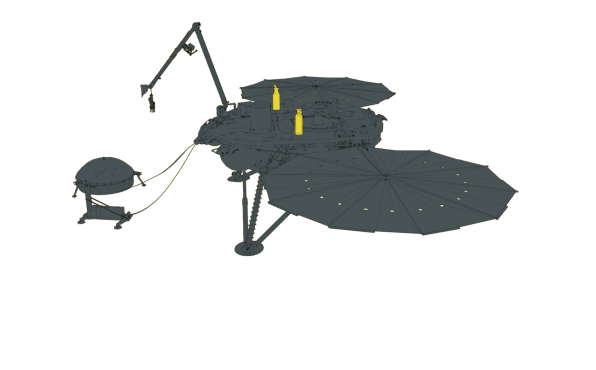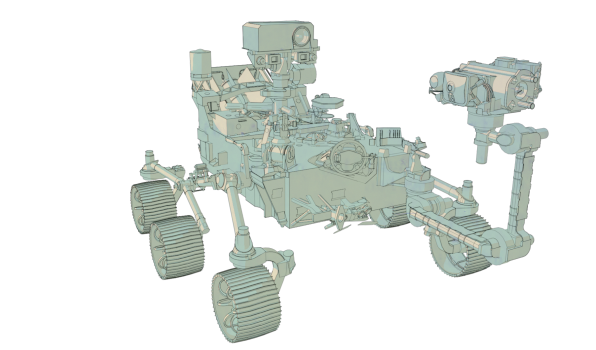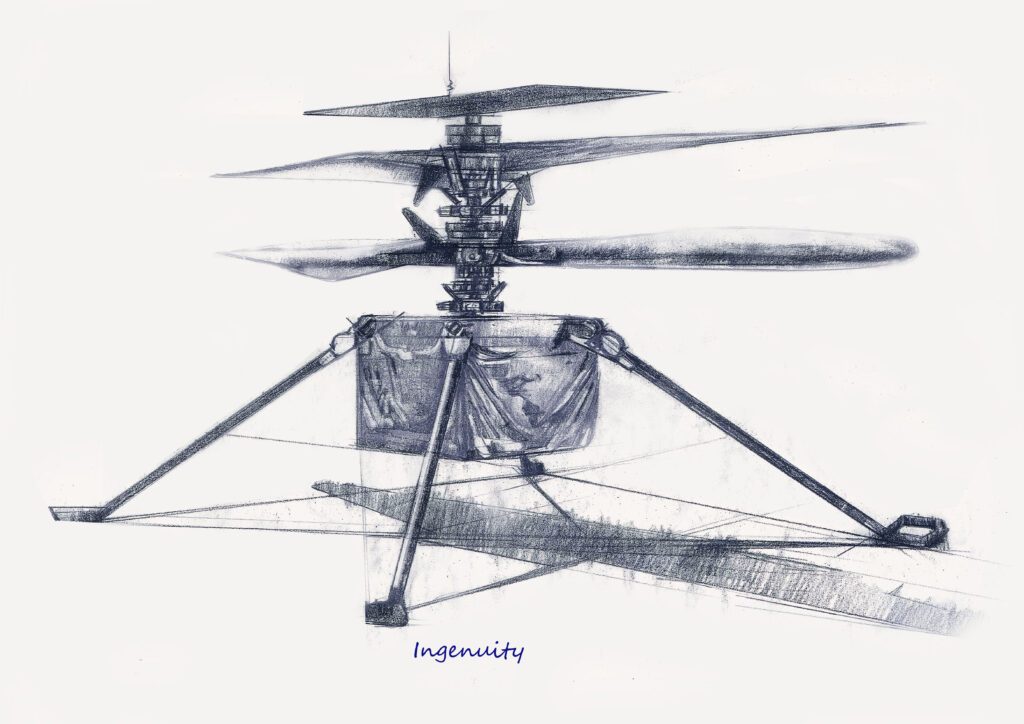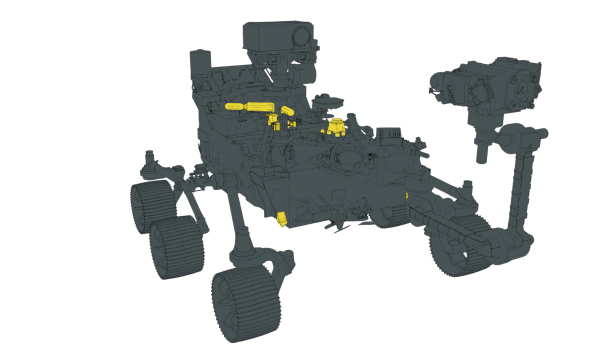CAB on Mars
CAB’s multidisciplinary teams have been studying the atmosphere of Mars for years with three independent stations built and operating under its leadership:
- REMS (2012, on the Curiosity rover, Gale Crater)
- TWINS (2018, on the InSight lander, Elyseum Planitia region)
- MEDA (2021, on the rover Perseverance, Jezero Crater)
CURIOSITY (2012)
NASA’s Mars Science Laboratory (MSL) mission is part of NASA’s Mars exploration programme. It is a science laboratory that seeks to determine whether Mars could have harboured life in the past.
Its rover Curiosity arrived on Mars in August 2012 and since then has been characterising and studying its landing zone: the Gale Crater, a site with evidence of water in the past. This rover is part of the third generation of rovers NASA is sending to Mars. It weighs about 1000 kg and is the size of a small car.
REMS (2012)
Centro de Astrobiología participates in the mission through the development of the REMS (Rover Environmental Monitoring Station) instrument, an environmental station that has been built in collaboration with the Spanish company CRISA.
The main objective of REMS, the first Spanish instrument sent to Mars, is the characterisation of Mars’ atmosphere through the environmental monitoring of the Gale Crater, as well as the analysis of the habitability conditions on its surface.
InSight (2018)
The InSight mission (Interior exploration using Seismic Investigations, Geodesy and Heat Transport) is a mission of NASA’s Discovery Programme for the exploration of Mars.
It is a rover that will help to understand the processes that shaped the rocky planets of the Solar System (including Earth) more than 4000 years ago. It is the first mission to study the interior of Mars.
TWINS (2018)
Centro de Astrobiología participates in the mission with the TWINS (Temperature and Wind Sensors for InSight mision) environmental station. TWINS has been designed at the Centro de Astrobiología in collaboration with CRISA and is designed to support one of the mission’s instruments, the Seismic Experiment for Interior Structure (SEIS) instrument, which will measure seismic movements and meteorite impacts on Mars.
Each TWINS boom consists of two sensors, one for temperature and one for wind, in the shape of a mast that continuously monitor the environmental conditions in the InSight landing area.
PERSEVERANCE (2021)
NASA’s Mars 2020 mission is part of NASA’s Mars Exploration Programme and consists of the Perseverance rover, similar to the MSL mission’s Curiosity rover, and the Ingeniuty helicopter.
Mars 2020 is designed to study the geology of Mars and detect signs of life from the past. Perseverance will collect and store a suite of rock and soil samples so that they can be brought back to Earth by future missions. It will also test new technology that will serve as a basis for future robotic and human exploration.
MEDA (2021)
Centro de Astrobiología is participating in the mission through the development of one of its instruments, the MEDA (Mars Environmental Dynamics Analyzer) environmental station.
MEDA, whose main objective is the characterisation of the environment and dust on the surface of Mars, consists of seven sensors, distributed on the deck and the mast of the vehicle, which will carry out their operations in coordination with the rest of the instruments that participate in the mission.







